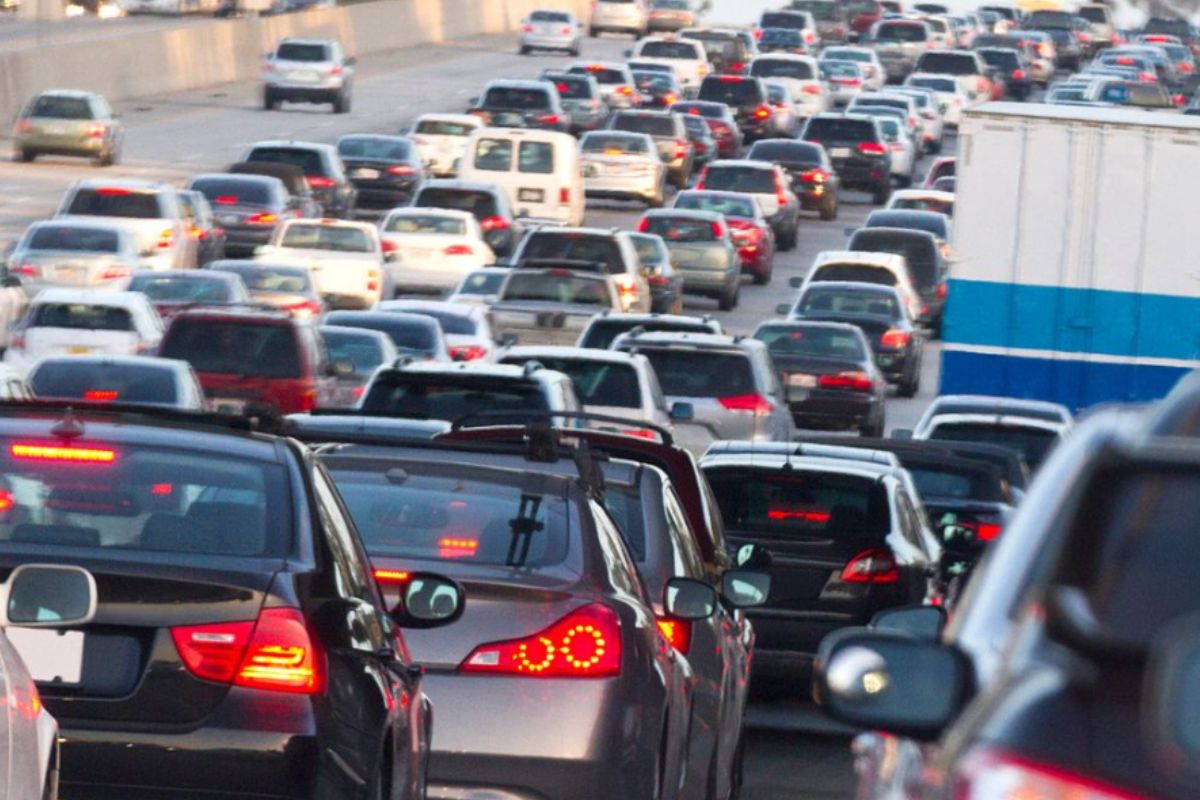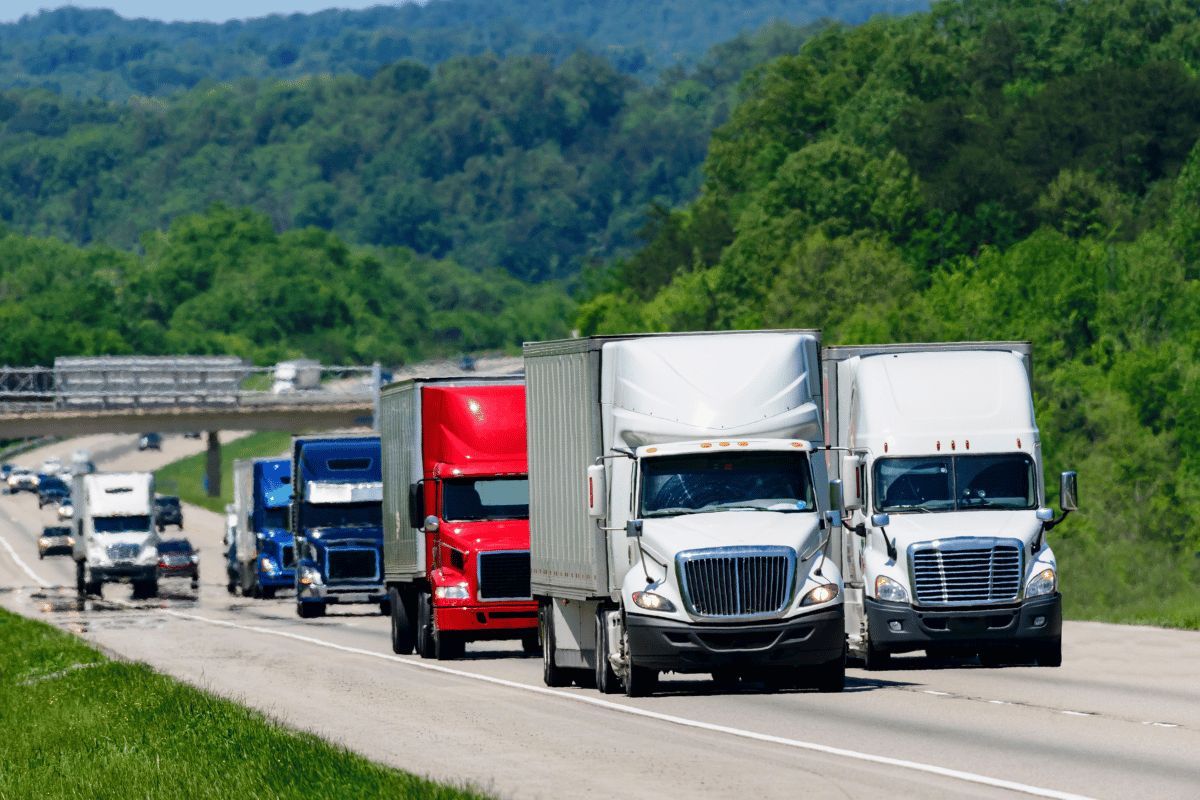California is a state that has always been at the forefront of creating and implementing laws that protect the environment. In recent years, the focus has been on reducing the pollution caused by diesel engines. In April 2023, the California Air Resources Board (CARB) made a historic announcement about new diesel emission laws that will significantly impact the state’s efforts to combat pollution. These new laws are being considered as a major milestone in California’s ongoing efforts to reduce emissions from diesel engines.
Table of Contents
New Laws to Combat Diesel Emissions
The California Air Resources Board has established an age limit for retiring old locomotives and a regulatory framework that mandates operators to allocate funds to upgrade to cleaner engines and eventually transition to zero-emission powertrains. This move aims to improve air quality and reduce emissions in the state.
CARB has also implemented a new regulation to speed up the use of zero-emission medium- and heavy-duty vehicles in public and large private fleets. Within 25 years, this rule is expected to result in over one million new electric freight trucks, delivery vehicles, and school buses. By 2035, all cargo trucks entering California seaports and rail yards must be zero-emission.
Why Are These Regulations Important?

Transportation, with its heavy reliance on fossil fuels, has long been recognized as one of the leading contributors to air pollution. It’s not hard to understand why—every time we rev up our cars, emissions from their engines are released into the air. The Dieselgate scandal highlighted that diesel engines, once touted as being cleaner and more fuel-efficient than gasoline engines, were indeed contributing to air pollution. This scandal resulted in thousands of diesel claims and fines from regulators, environmental groups, and civilians.
But it’s not just cars that are to blame. Planes, trains, and ships also release significant amounts of pollutants into the air. In fact, transportation is responsible for almost a quarter of all air pollution worldwide. As the population grows and more and more people rely on these forms of transportation, this number is only projected to increase.
It’s a vicious cycle—transportation is a necessary part of our daily lives, but it also contributes to the degradation of air quality, further perpetuating the negative effects of pollution. And it’s not just in big cities or heavily industrialised areas. Even in more remote, rural areas, transportation can significantly pollute the air we breathe.
The Devastating Effects of Diesel Pollution on Public Health

Diesel fuel is widely used in many industrial and transportation activities, significantly contributing to air pollution, especially in urban areas. Diesel exhaust contains a complex mixture of harmful gases, particles, and organic compounds that adversely affect human health, causing respiratory problems, lung cancer, and heart disease.
Furthermore, the World Health Organization (WHO) estimates that air pollution is responsible for about 6.7 million premature deaths globally each year, with the most vulnerable populations being children, the elderly, and people with pre-existing health conditions.
The situation is even more alarming in California, with several cities ranking among the most polluted in the country. The California Air Resources Board (CARB) reveals that a staggering 90% of Californians are exposed to harmful air pollutants at various times throughout the year.
The Impact of the Laws
If these new laws are effectively implemented, they could have a transformative impact on the diesel industry in California. Zero-emission engines could become the norm for heavy-duty trucks and buses, which would help to dramatically reduce air pollution in cities and towns across the state. The ban on the sale of new diesel vehicles could also accelerate the adoption of electric and hydrogen-powered cars, which would further reduce emissions from the transportation sector.
Moreover, by introducing a low-carbon fuel standard, California is sending a clear message to the market that it is committed to phasing out fossil fuels in favour of cleaner alternatives. This could spur investments in renewable diesel fuel production and create new jobs in the clean energy sector.
However, some challenges must be overcome to make these new laws effective. For one, the transition to zero-emission engines will require significant investment in new infrastructure, such as charging and fuelling stations. This could be particularly challenging in low-income and rural areas where such infrastructure is currently lacking. If you want to know more details about diesel emissions then read the Claimexperts advice.
Moreover, transitioning to zero-emission engines could be expensive for some heavy-duty vehicle operators, particularly those who rely on older, less efficient vehicles. As such, it will be important for the state to provide incentives and support to help these operators make the switch.
Conclusion
With the new diesel emission laws, California is taking another step forward in environmental protection. The state has a long history of creating and implementing innovative environmental protection laws, and these new regulations continue that legacy. The state’s continued focus on zero-emission vehicles will contribute to reducing greenhouse gas emissions and help to mitigate the effects of climate change.
















